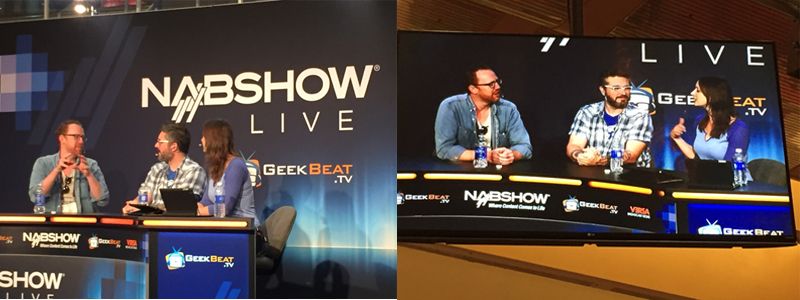In recent years, LED technology has advanced greatly. As such, an increasing number of people in the Television and Film industry are utilizing LED lighting as it is both long lasting and energy efficient compared to traditional lighting technologies.
However, when compared to traditional incandescent light sources, LED lighting can present problems for TV and Film Producers. Unless cinematographers are familiar with LED lighting and how to properly utilize them, the spectral distribution of LED light sources can produce different, and sometimes unwanted colour representation. These problems force producers to spend a lot of time and expense in post-production.
Because of this factor, the European Broadcasting Union (EBU) developed new evaluation standards for studio lights and luminaries, the Television Lighting Consistency Index (TLCI). TLCI mimics a complete television camera and display, using only those specific features of cameras and displays which affect color performance, and increasingly more and more TV Studio (such as: BBC, CNN, NBC, iTV, Disney CHANNEL …) are adopting TLCI as their standard when purchasing equipment.
Previously, an expensive Spectroradiometer was required for spectral measurements as well as a computer installed with the required data-analyzing software. Now, however, industry professionals can utilize a much more convenient and cost-effective solution: The World’s first hand-held SMART Spectrometer, the “Lighting Passport” and its companion apps in the “Spectrum Genius" series.
Asensetek, manufacturer of the “Lighting Passport,” has even spent the past year developing a new SMART APP, the “Spectrum Genius Studio (SGS)”, giving customers the ability to get complete the TLCI information quickly and easily.
Five levels of TLCI
|
85~100 |
Errors are so small that a colorist would not consider correcting them |
|
75~85 |
A colorist would probably want to correct the color performance, but could easily get an acceptable result |
|
50~75 |
A colorist would certainly want to correct the errors, and could probably achieve an acceptable result, but it would take significant time to get there. |
|
25~50 |
The color rendering is poor, and a good colorist would be needed to improve it, but the results would not be to broadcast standard. |
|
0~25 |
The color rendering is bad, and a colorist would struggle for a long time to improve it, and even then the results may not be acceptable for broadcast. |
TLCI levels with a score greater than 90 indicate a light source widely regarded for television use, that will limit post-production time and labor costs.

